How to Create a Startup: 8 Essential Steps

Today, many novice entrepreneurs have ideas. Some of these ideas are decent, other ideas are not so good. However, even if you have a brilliant idea, it doesn’t mean that it will turn into a successful startup company. The research concludes 21.5% of startups fail in the first year, 30% in the second year, 50% in the fifth year, and 70% in their 10th year.
So, having a wonderful idea is a good start, but it takes a lot of time, preparation, hard work, and planning to grow it into a profitable enterprise. Yojji has launched dozens of prosperous startups, so we’ve decided to share with you a sequence guide with clear steps you should follow to get your company up and running.
8 Steps that Will Help You Build a Startup
The road to the dream is thorny, difficult, and sometimes hectic. But success is never easy, and you have to be ready for it. Therefore, we have prepared a guide with the basics of creating a startup.
1. Identify your target audience
Your target audience is your future customers who will buy your product or service. Why is it important to define your target audience?
-
You create effective marketing strategies
With a clear portrait of a target audience, marketers can create effective marketing strategies and focus on potential customers. With a clear audience analysis, you get a transparent list of their needs and an excellent business conversion rate.
-
You save money
Almost all startups have a limited budget, so you need to manage it properly. Defining your target audience, narrowing it down if necessary, and choosing the right ways for interacting with potential clients will help you avoid extra spending and work within your budget.
How do you profile the people who will buy your product or service? Here are some tips.
-
Define a wide range of your audience;
-
Narrow it down;
-
Analyze the target audience of your competitors;
-
Analyze your target audience;
-
Select the audience that will most likely buy your product;
-
Do the interviews;
-
Make up a portrait of your ideal customer;
-
Refine the portraits;
2. Choose the problems you solve
As Theodore Levitt, Marketing Professor at Harvard, once said, “People don’t want to buy a quarter-inch drill. They want a quarter-inch hole.” In other words, people are looking for a solution they didn't even know they had. How to find a problem that needs to be solved?
-
Determine the target market;
-
Point out one problem (remember that it should be serious enough to warrant solving);
-
Find out the pains of the problem;
-
Come up with a solution.
To validate the concept, you should create a web page to help you find out if there is someone interested in your business idea and to collect potential customers’ data.

3. Do competitive market research
Researching your business competitors will help you learn how your competitors are performing and find potential opportunities where your company can outperform them. It will also allow you to stay on top of industry trends and ensure that your product consistently meets and even exceeds industry standards.
What are the benefits of discovering business competitors?
-
Provides a benchmark against which you can measure your progress.
-
Helps you identify your product’s unique value proposition and what makes your product stand out in the market.
-
Allows you to create marketing campaigns that exceed industry standards and test unique marketing strategies.
-
Helps identify areas of opportunity in the market.
-
Analyze user reviews of the product to understand its disadvantages and determine the needs of the audience. With this information, you can add the necessary features to your product to suit people’s needs.
There are several ways to carry out a competitor analysis. There is an example of a procedure you can follow.
-
Google your competitors
This is the easiest way to understand what your competitors are like. Visit their website and their social media accounts, look at news articles that feature mentions of a particular company, and read press releases about them.
-
Conduct an in-depth analysis
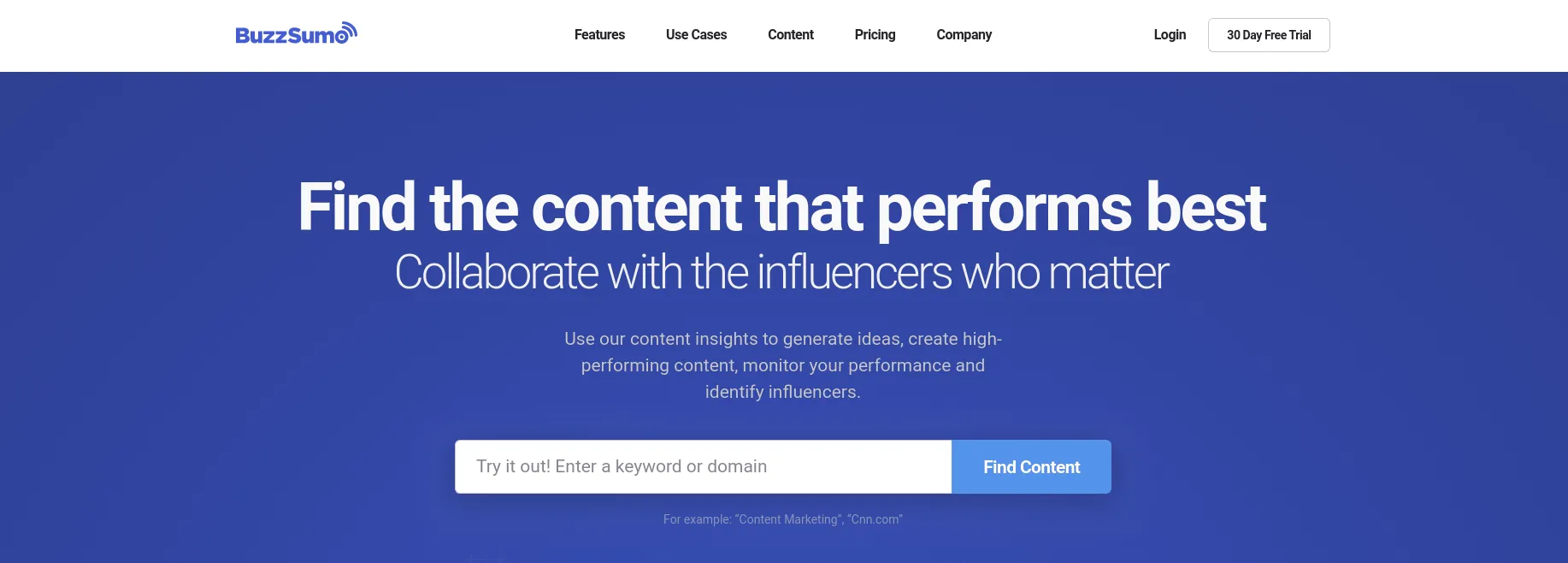
For getting an idea of the channels your competitors use to market their products, content, followers, and their engagement on social media, campaigns they run, and different marketing materials (blogs, podcasts, eBooks), utilize various research tools.
For instance, SimilarWeb shows traffic analytics, BuzzSumo provides content your competitors focus on and market trends. With the help of Ahrefs, you will understand their traffic sources, top keywords, and top pages of competitors’ websites.
-
Interview competitors’ ex-customers
Ask questions about users’ experiences, positive and negative aspects of working with the company. The results of the interviews will help you understand what pains the target audience has.
4. Develop a Unique Value Proposition (UVP)
Your unique value proposition (UVP) is the promised value customers can expect from your business. Your UVP covers information about peculiarities of your product, which set them apart from others, key benefits, and product basics. How to create a unique value proposition?
-
Learn more about your target audience and define its pain points
Conduct a thorough market analysis and clearly define a portrait of your target audience: its age, gender, social status, income; identify the pain points of potential customers, and write down how your product solves or alleviates these problems. For this, you can use a competitive matrix.
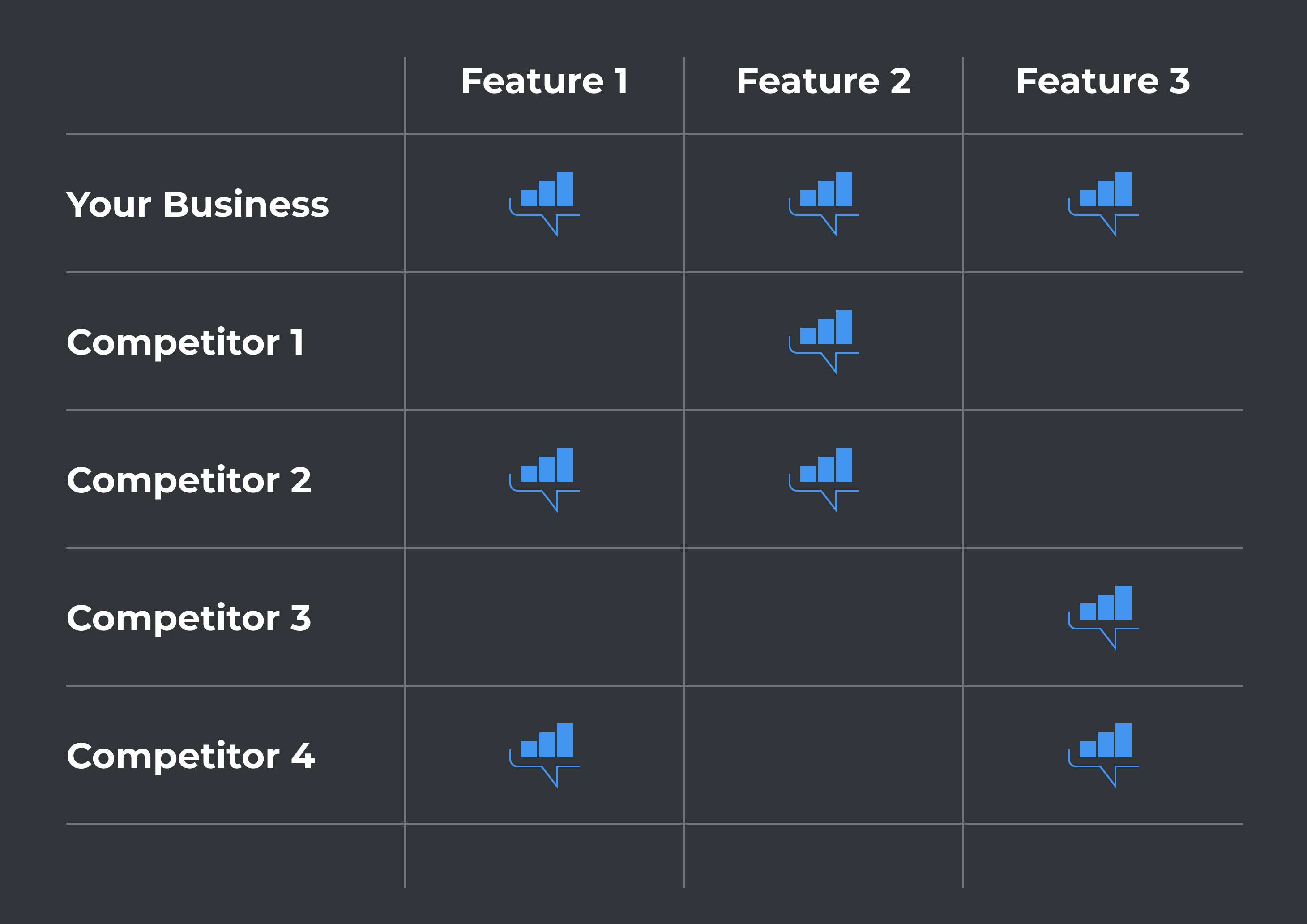
-
Craft your message
After you have researched the competitors inside and out, write your proposition. For this, adhere to the following rules:
-
Your message should be concise.
-
It should contain a list of main and additional benefits your customers will get.
-
5. Choose a monetization model
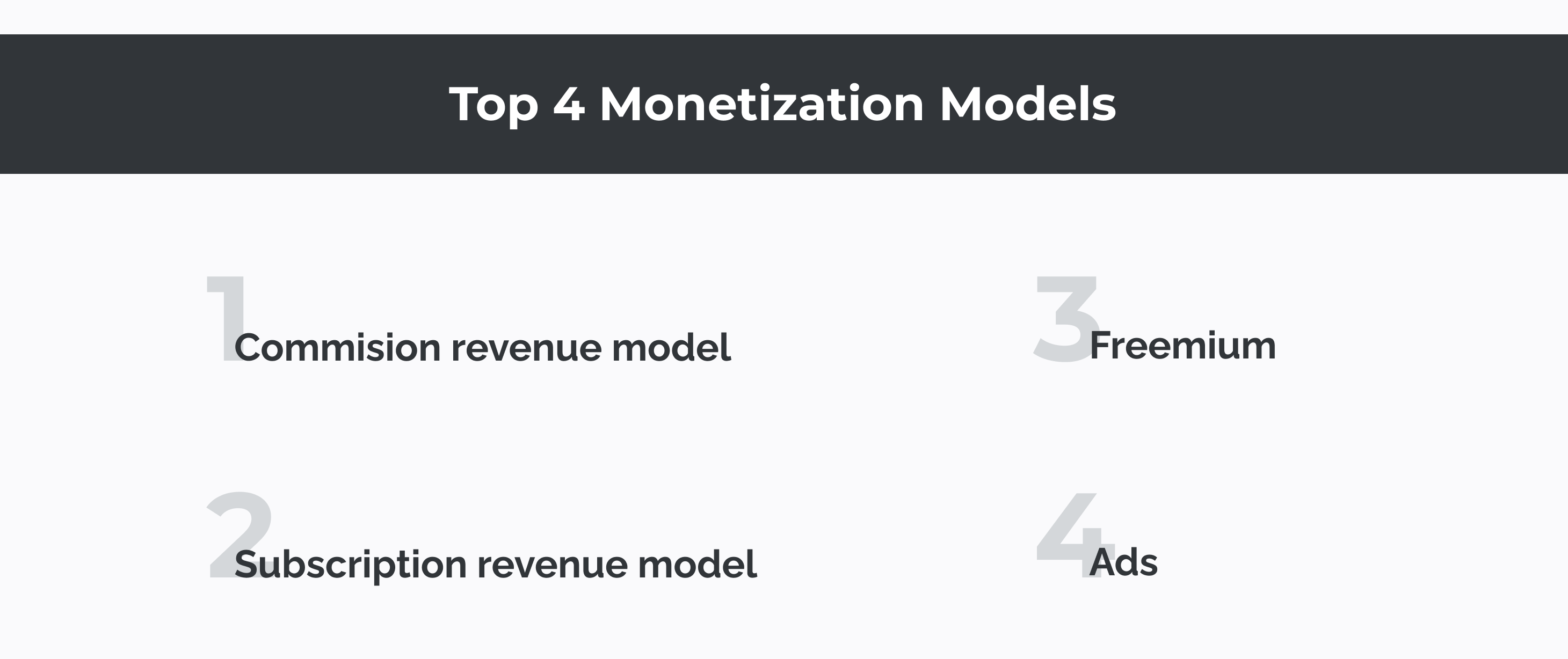
The choice of monetization model should be made in the early stages because the right model guarantees rapid growth of income. There are many models on the market, but you should be guided not only by the advantages and disadvantages but also by the experience of competitors when choosing a suitable option. Here are four basic models that are relevant for startups.
-
Commission
The basis of this model is to charge a commission per transaction. The fee can be fixed or can be expressed as a percentage. This commission-based business model is highly popular in generating a revenue stream, especially for various internet companies. Aggregators like Ola, Payments wallets like Paytm work on this business model.
-
Subscription
This model allows customers to use a product or service at a predetermined price for a specified time.
-
Freemium
Often this model is used in applications. It involves providing free access to a product or service. However, a fee is charged for the use of premium features.
-
Ads
This model is an excellent source of additional income. Using this model, you advertise other people’s products or services. The income is calculated based on clicks or views.
6. Decide on your startup’s budget sources
A startup budget is a simple breakdown of how you plan to use your capital and cover expected business costs. In fact, there are two main sources of the budget, they include bootstrapping and investments.
Bootstrapping is self-financing your own business. It has its pros and cons.
Pros
|
Cons
|
Fundraising gives you more opportunities. However, this source also has its strengths and weaknesses.
Pros
|
Cons
|
7. Create a minimum viable product (MVP)
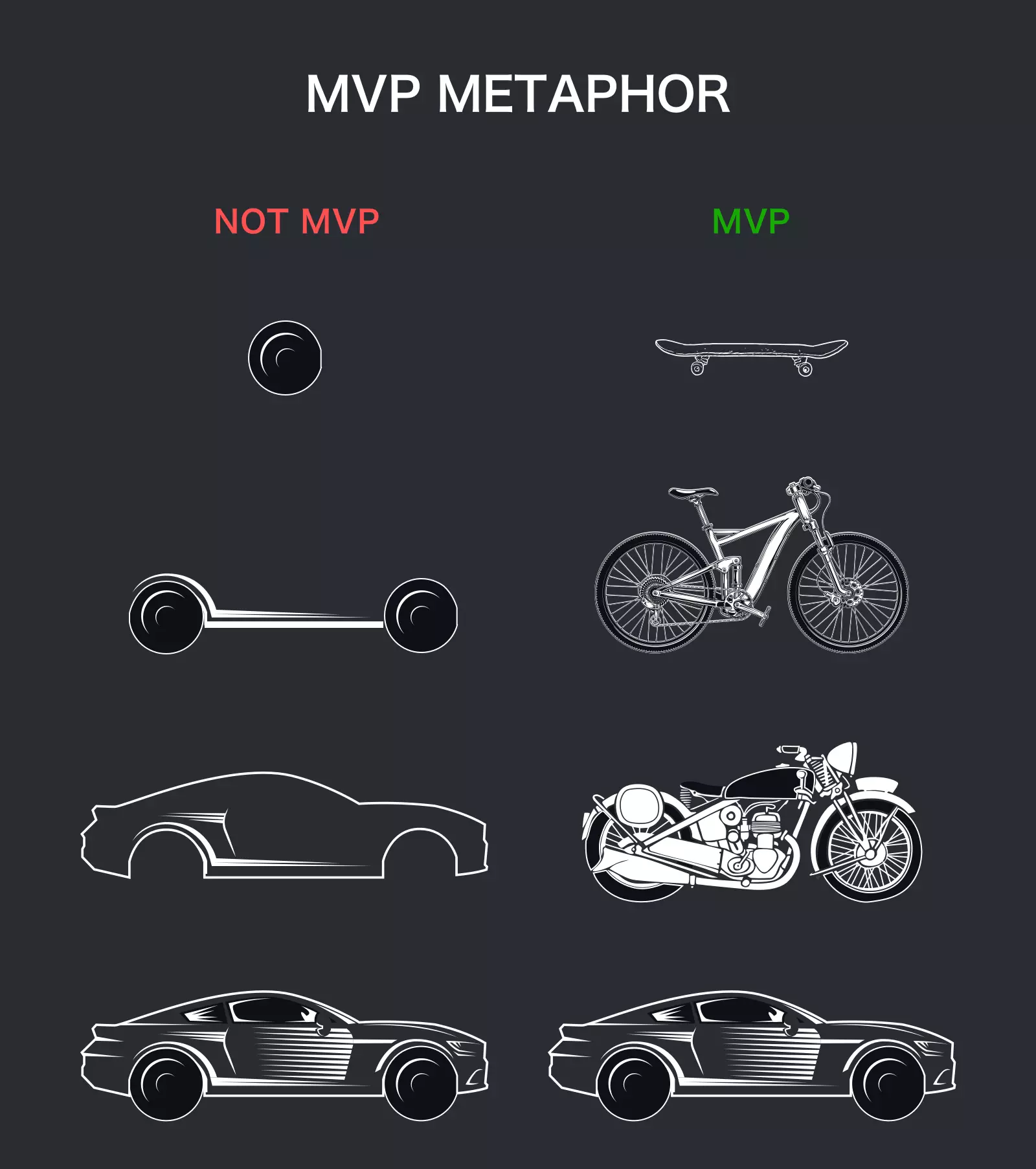
What is an MVP? This is a product with a set of key functions. Compared to the end-product, the MVP requires less money and time to develop. By creating the minimum viable product, you will gather users’ feedback, learn if they are ready to pay for your product and measure chances to beat competitors. Make sure your MVP has basic features that enable it to function and additional features that set it apart from competitors. Besides, make sure you don’t exceed the budget. For this, be sure to cooperate with professional specialists with sufficient experience.
8. Make time for marketing
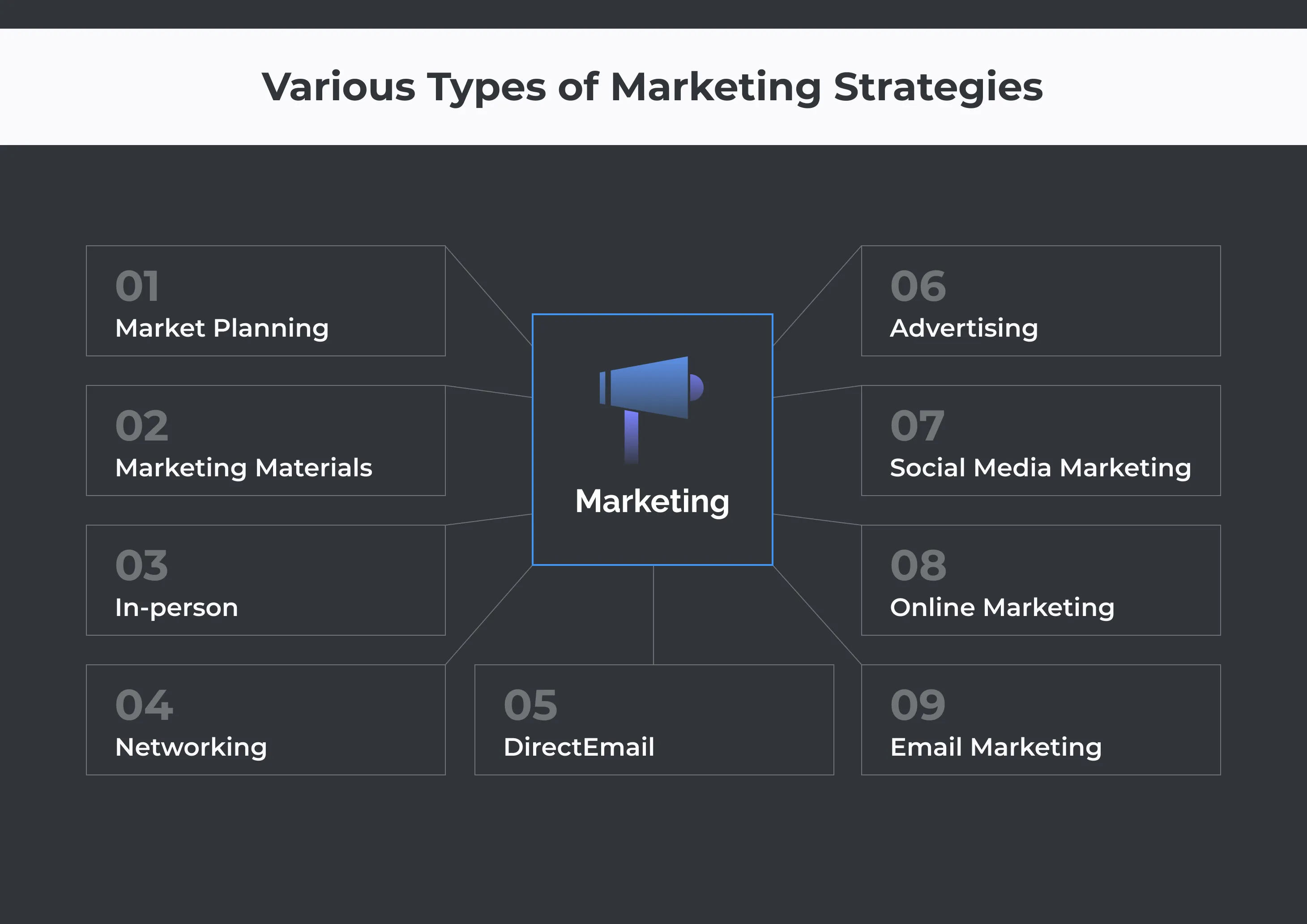
A well-designed marketing strategy is a vital element for any business. A properly formulated marketing strategy is at least 60% of the success of the entire marketing campaign. Always consider marketing costs at the beginning of your startup development, as marketing campaigns require a large investment. Be sure to set a budget limit at the very beginning, as well as a plan for startup development, including the launch and further promotion of the product.
Frequently asked questions
- How much does it cost to create a startup?
The cost of launching a new startup depends on software, hosting, and marketing. In Eastern Europe, the average software development hourly rate is $55.
- Is it possible to create a startup on your own?
Yes, it is possible to create a startup on your own, but due to the lack of the necessary knowledge, experience, and tools, the probability of failure is too high, so we recommend cooperating with a reliable company that will help you. Yojji has a blend of professional software engineers, designers, QA analysts, and marketing specialists. With extensive experience in building startups successfully, we are ready to bring our expertise to the table to develop your product and launch marketing campaigns.
- What startup ideas are relevant in 2022?
You can launch a startup in various industries, but the most relevant are gaming, real estate, education, and online marketplaces.
Bottom Line
So, we’ve described the process of building a startup from scratch. As you see, this process can be tricky, so finding a reputable team that will conduct thorough research, develop a digital product, and successfully launch it is key. Yojji is ready to help at any stage. Contact us for more details.

Yojji successfully delivered the project within schedule. They demonstrated excellent project management via weekly sprint demos and promptly made adjustments based on the client's feedback. Their responsiveness and collaborative attitude were key elements of their work.

5.0
Yojji was an instrumental part of the client’s team, working closely with them to achieve the product’s success. The team was very collaborative and timely, and their performance was amazing. Additionally, their resources were experienced, professional, and enjoyable to work with.

5.0
Yojii is impressive both in quality of development work as well as their commitment. Strong focus on delivery, highly technical personnel, flexible approach that allows for rapid development. Strong processes that allow for solid controls.

5.0
We’re very happy with the way that Yojji works, which is why we’ve spent so much money and engaged them for such a long time. We treat them as employees in regard to responsibilities and expectations, and they haven’t disappointed us.

5.0
As a company, we find Yojji to be excellent development partners - we cannot recommend them more highly and will be very happy to continue working with them in the future.

5.0
They are really nice people with excellent technical backgrounds.

5.0
We used Agile project management methodology and were in contact with the team and project manager daily.

5.0
They all had a super positive outlook and were dedicated to getting the work completed to a high standard.

5.0
Yojji has delivered an accessible product with thorough consideration for the client's requirements. Users have commented on the platform's user-friendliness and speed. Moreover, the team is easy to communicate with and provides frequent updates. Their development and design skills are impressive.

5.0





